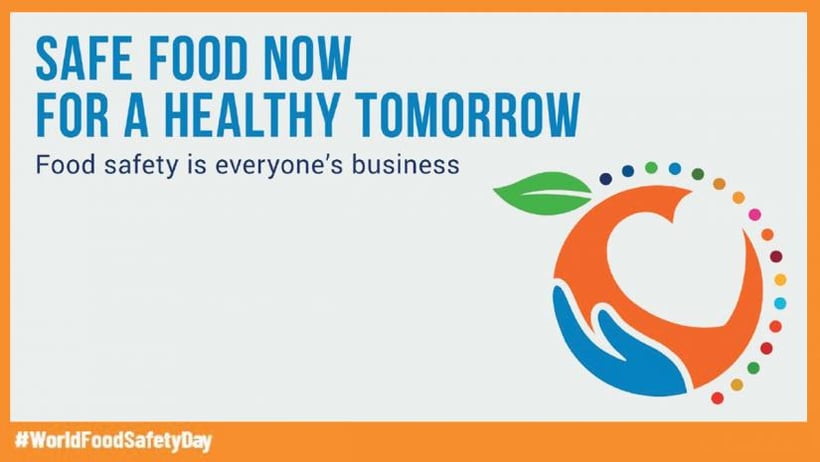
Since 2018 when the United Nations General Assembly declared June 7 World Food Safety Day (WFSD), the goal of the annual event has been to show that the production and consumption of safe food benefits not only people but the economy and the planet.
The World Health Organization (WHO) teamed up with Food and Agriculture Association of the United Nations (FAO) to launch World Food Safety Day, which aims to prevent, detect and manage food-borne risks.
This year’s theme, “Safe food today for a healthy tomorrow,” emphasizes that we can meet the needs of the future by acknowledging the connections between the health of people, plants, animals, ecosystems and the economy.
Food-borne illness: a global problem
According to Health Canada, roughly 4 million people are affected by food-borne illnesses each year. Around the world, the WHO estimates that 420,000 people die and 600 million suffer from food-borne illnesses.
Food-borne diseases are a global problem affecting people of all ages and backgrounds, most notably those under the age of five and individuals living in low-income countries. With that in mind, last year the World Health Assembly adopted a decision to further strengthen food safety efforts to reduce the impact of food-borne diseases.
“Safe, healthy and nutritious food is everyone’s right,” says Dr. Francesco Branca, Director of the Department of Nutrition and Food Safety with the World Health Organization. “Our latest data show that 600 million people around the world still get sick every year from eating contaminated food.”
Act today, protect tomorrow
The good news, says Dr. Branca, is that most food-borne disease is preventable. You can take concrete actions to keep foods safe. Whether you are a farmer, a business owner, a chef or a consumer, you have an important role to play in preventing food-borne illness and safeguarding the future.
Here’s how:
- Ensure it’s safe: The government must ensure food is not only nutritious, but safe for everyone.
- Grow it safe: Safe food starts with good agriculture and production practices.
- Keep it safe: Business operators need to ensure all food handling is conducted in a safe manner.
- Know what’s safe: Education is key — consumers must learn what food is safe and healthy.
- Team up for food safety: Collaboration means we all share in the efforts to make safe, healthy food a priority.
About the Canadian Institute of Food Safety
Food-borne illness is an easily preventable problem. By providing the proper training on safe food handling practices, the Canadian Institute of Food Safety (CIFS) helps both businesses and consumers reduce the consequences of food-borne illness.
The mission of CIFS is to reduce food-borne illness in Canada through education, promotion and advocacy for better food safety. We firmly believe that food safety education is the key to achieving this goal.





